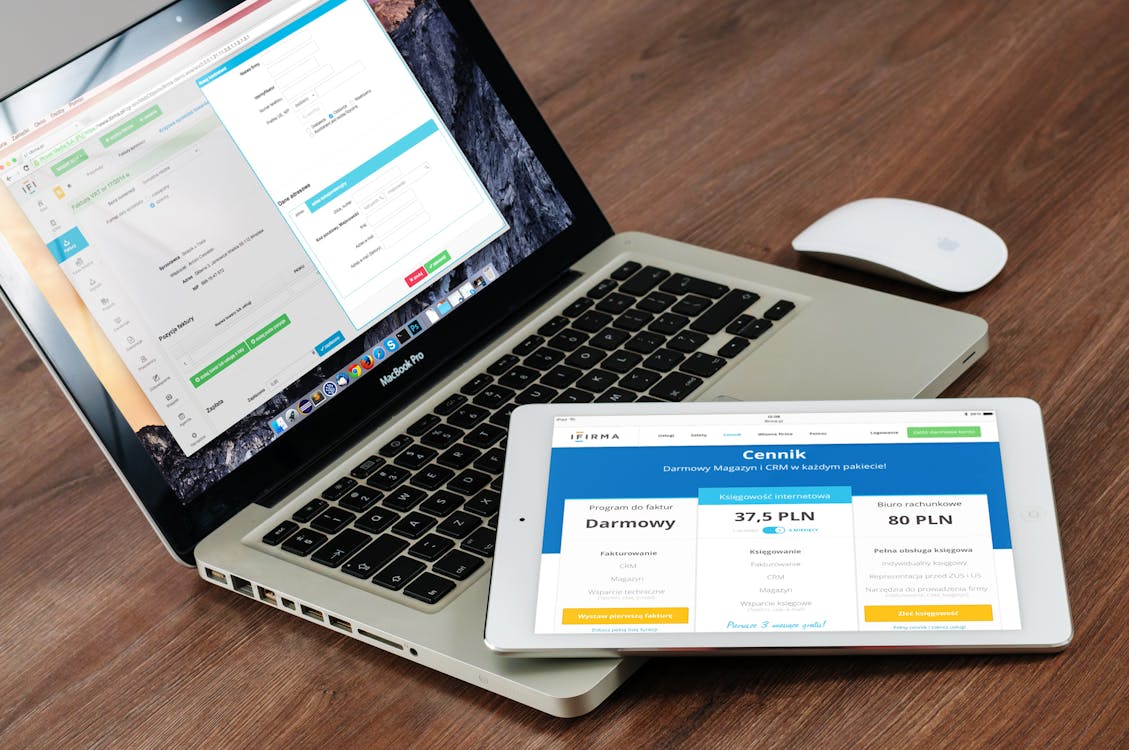
Have you ever encountered a cryptic error message on your Mac that reads “errordomain=nscocoaerrordomain&errormessage=找不到指定的捷徑。&errorcode=4”? If so, you’re not alone. This error can appear for various reasons, often related to shortcuts or Quick Actions on your Mac. But fret not, for this guide will equip you with the knowledge to troubleshoot and resolve this issue effectively.
Table of Contents
Understanding the Error Message
Let’s break down the error message:
- errordomain=nscocoaerrordomain: This indicates the error originates from Apple’s Cocoa frameworks, the foundation for many macOS applications.
- errormessage=找不到指定的捷徑。 This translates to “Shortcut Not Found” in English. It signifies the system is unable to locate a specific shortcut you’re trying to access.
- errorcode=4: This code further narrows down the issue, but its exact meaning can vary depending on the context.
Common Causes of “errordomain=nscocoaerrordomain&errormessage=找不到指定的捷徑。&errorcode=4”
Several factors can trigger this error:
- Corrupted Shortcut: A shortcut you’re attempting to use might be damaged or contain invalid data. This can happen due to software conflicts, unexpected system shutdowns, or disk errors.
- Outdated Application: The application associated with the shortcut may be outdated. Outdated software can sometimes lead to compatibility issues with macOS features like shortcuts.
- Missing Application: If the application linked to the shortcut is no longer installed on your Mac, you’ll encounter this error when trying to use it.
- Permissions Issues: In rare cases, permission restrictions might prevent the system from accessing the necessary files or folders involved in the shortcut.
- System Conflicts: Conflicting software or system settings can sometimes disrupt how shortcuts function.
Troubleshooting Steps
Here are several methods you can employ to address the “errordomain=nscocoaerrordomain&errormessage=找不到指定的捷徑。&errorcode=4” error:
1. Recreate the Shortcut:
The simplest solution is to recreate the problematic shortcut. Navigate to the location where the original shortcut resided and delete it. Then, follow the steps to recreate the shortcut exactly as you had before. This can often resolve issues caused by corrupted shortcuts.
2. Update Applications:
Ensure that all applications associated with your shortcuts are updated to the latest versions. Outdated software can introduce compatibility problems. Visit the Mac App Store or the developer’s website to check for updates.
3. Reinstall Applications:
If updating applications doesn’t resolve the issue, consider reinstalling the problematic software entirely. This can replace any corrupted files or configurations that might be causing the error. Remember to back up any important data within the application before reinstalling.
4. Reset Shortcut Bar (if applicable):
If the error pertains to shortcuts displayed in the Shortcut Bar (the bar at the bottom of some applications), you can try resetting it. The specific steps to reset the Shortcut Bar might vary depending on the application, but generally, you can access the application’s preferences and locate a setting related to resetting the toolbar or shortcuts.
5. Check Permissions (Advanced):
In rare cases, permission issues might prevent the system from accessing the files or folders involved in the shortcut. This troubleshooting step requires some technical knowledge. If you’re comfortable with it, you can use the “Get Info” menu on the shortcut file and verify that your user account has read and write permissions for the target files and folders.
6. Repair Disk Permissions:
While less common, disk permission issues can sometimes lead to unexpected errors. You can use the built-in “Disk Utility” application on your Mac to repair disk permissions. This process verifies and repairs any permission inconsistencies on your disk.
7. Safe Mode Boot:
If none of the above solutions work, consider booting your Mac into Safe Mode. This mode loads only the bare minimum essential system extensions and settings. If the error doesn’t occur in Safe Mode, it suggests a conflicting third-party software might be causing the issue. You can then troubleshoot by disabling startup items or recently installed applications to identify the culprit.
8. Contact Software Developer:
If none of the aforementioned solutions provide a resolution, it’s recommended to reach out to the developer of the application associated with the problematic shortcut. They might have specific troubleshooting steps or be aware of known issues related to shortcuts in their software.
Additional Tips
- Maintain System Updates: Keeping your macOS and applications updated is crucial for optimal performance and compatibility. Regularly update your system to avoid encountering issues related to outdated software.
- Utilize Third-Party Shortcut Managers: Several third-party applications offer advanced shortcut management features on macOS. These tools can help you create, organize, and troubleshoot shortcuts more efficiently. However, ensure you download these applications from reputable sources.
- Backup Regularly: Having a recent backup of your Mac is vital in case you encounter any unforeseen issues. Regularly backing up your system allows you to restore your data and settings if necessary.
Conclusion
The “errordomain=nscocoaerrordomain&errormessage=找不到指定的捷徑。&errorcode=4” error can be frustrating, but by following the troubleshooting steps outlined above, you should be able to resolve it effectively. Remember, the most suitable solution often depends on the specific cause of the error. If you encounter difficulties or require further assistance, don’t hesitate to consult Apple’s support resources or seek help from a qualified technician.
By following these comprehensive steps and keeping your system updated, you can ensure your Mac shortcuts function smoothly and enhance your overall productivity.






